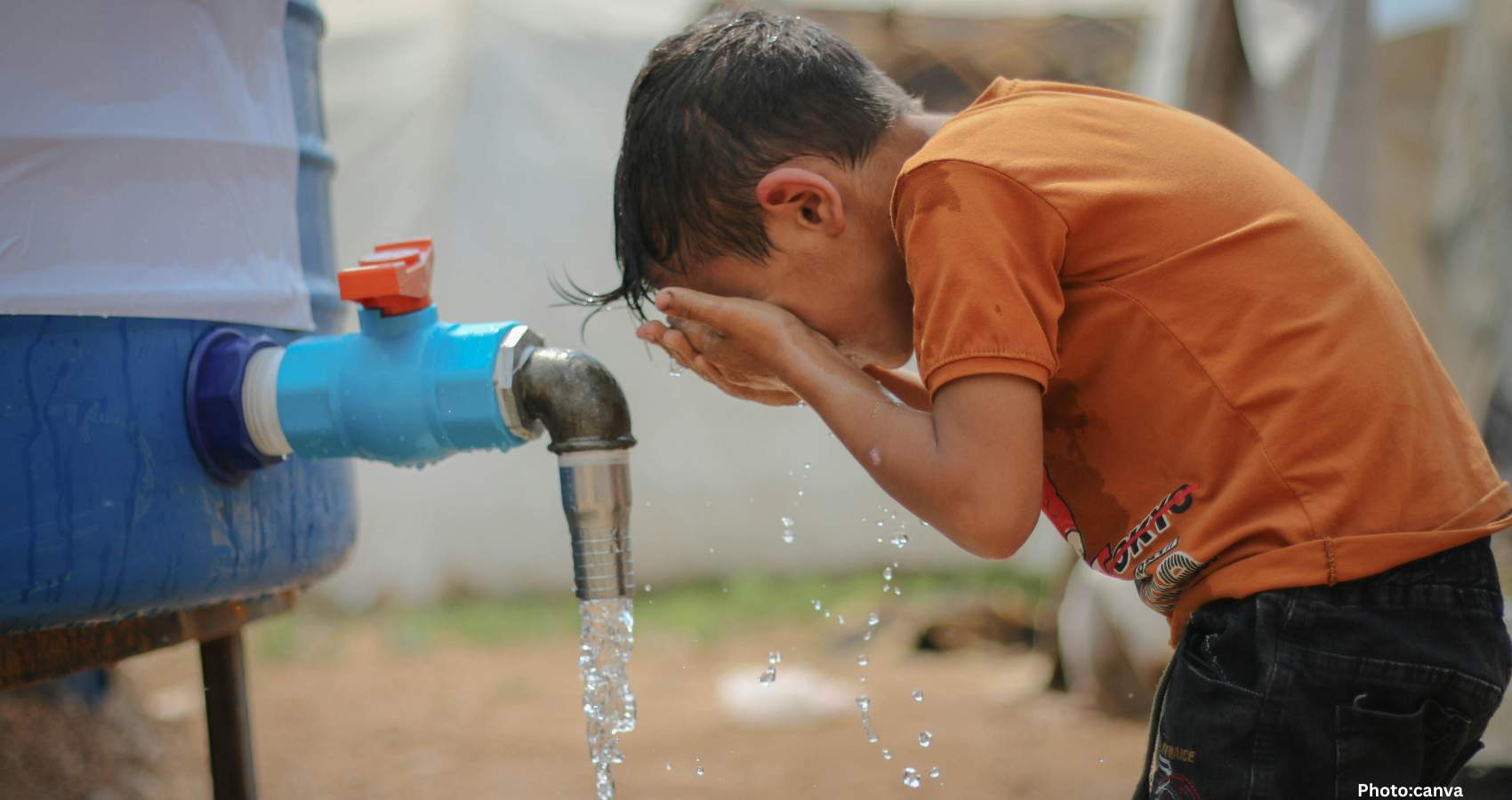Iran’s severe water crisis, described as “water bankruptcy,” poses a significant threat to the regime’s stability and its nuclear ambitions, according to UN expert Kaveh Madani.
Iran is currently grappling with its worst drought in decades, raising concerns about potential evacuations in Tehran and the overall stability of the regime. Kaveh Madani, Director of the United Nations University Institute for Water, Environment and Health, warns that this escalating “water bankruptcy” could severely impact the country’s functionality and diminish its standing on the global stage.
“This water bankruptcy weakens Iran on the world stage,” Madani stated in an interview with Fox News Digital. “If they want to stick to their ideology and fight with the West, they must use their natural resources and burn them. So if there is no water, there is less resilience and less capacity to resist.”
Madani, who has long highlighted the consequences of environmental mismanagement in Iran, emphasized that the current water crisis was not an unforeseen event. “The water bankruptcy situation was not created overnight,” he explained. “The house was already on fire, and people like myself had warned the government for years that this situation would emerge.”
President Masoud Pezeshkian has warned that without significant rainfall before winter, Tehran could face partial evacuations. Reports indicate that of the five major dams supplying the capital, one has already run dry, while another is operating at less than 8% capacity.
In response to the crisis, Energy Minister Abbas Alibadi announced that water supplies would be cut off during certain evenings to allow reservoirs to refill. He urged citizens to reduce their water consumption by 20% to avoid further rationing. “The symptoms were already present, and now the flames are undeniable. We are discussing Day Zero, when the taps would run dry in Tehran and other cities once immune to shortages,” Madani warned.
Madani further elaborated on the implications of this crisis, stating, “Iran is in a state of water bankruptcy, the result of decades of mismanagement, worsened by prolonged drought and climate change.” He cautioned that the collapse of basic infrastructure could lead to widespread unrest. “When people are out of water and electricity, you face domestic and national security problems that even Iran’s enemies, not even President Trump or Prime Minister Netanyahu, could have wished for this to happen,” he added.
The expert also noted that the ongoing crisis threatens not only the welfare of Iranian citizens but also the country’s energy and nuclear infrastructure. Despite U.S. claims that airstrikes have destroyed Iran’s nuclear facilities, new intelligence reported by The New York Times suggests that enrichment activities continue at a fortified site known as Pickaxe Mountain.
“If water and electricity shortages persist, any nuclear program would also be impacted,” Madani asserted. He explained that reduced rainfall means less hydropower generation, which in turn leads to both water and power outages.
The situation is further complicated by the reimposition of sweeping sanctions on Iran’s oil exports and banking sector following the collapse of the 2015 nuclear deal. “Additionally, they face the issue of sanctions,” Madani noted. “There were already sanctions in place, imposed by the United States, and there were also Security Council sanctions that, as you know, have been reintroduced.”
Madani described Iran as being in “resistance mode,” a state that increases pressure on the country’s ecosystem, natural resources, and water supply. This mode of operation also raises concerns about food insecurity and dependence on food imports.
While the prospect of evacuating Tehran remains unlikely, Madani acknowledged the challenges faced by residents. “People have jobs, children are in school, so it can’t happen overnight. The government hopes for rain, but people are already afraid,” he said. He concluded, “Iran is in resistance mode, and remaining in this mode means increased pressure on Iran’s ecosystem, natural resources, and water.”
Source: Original article

